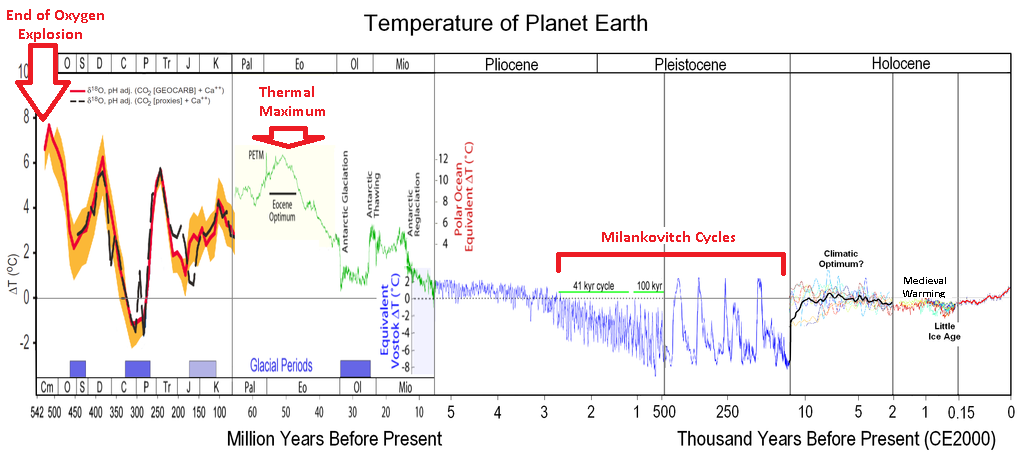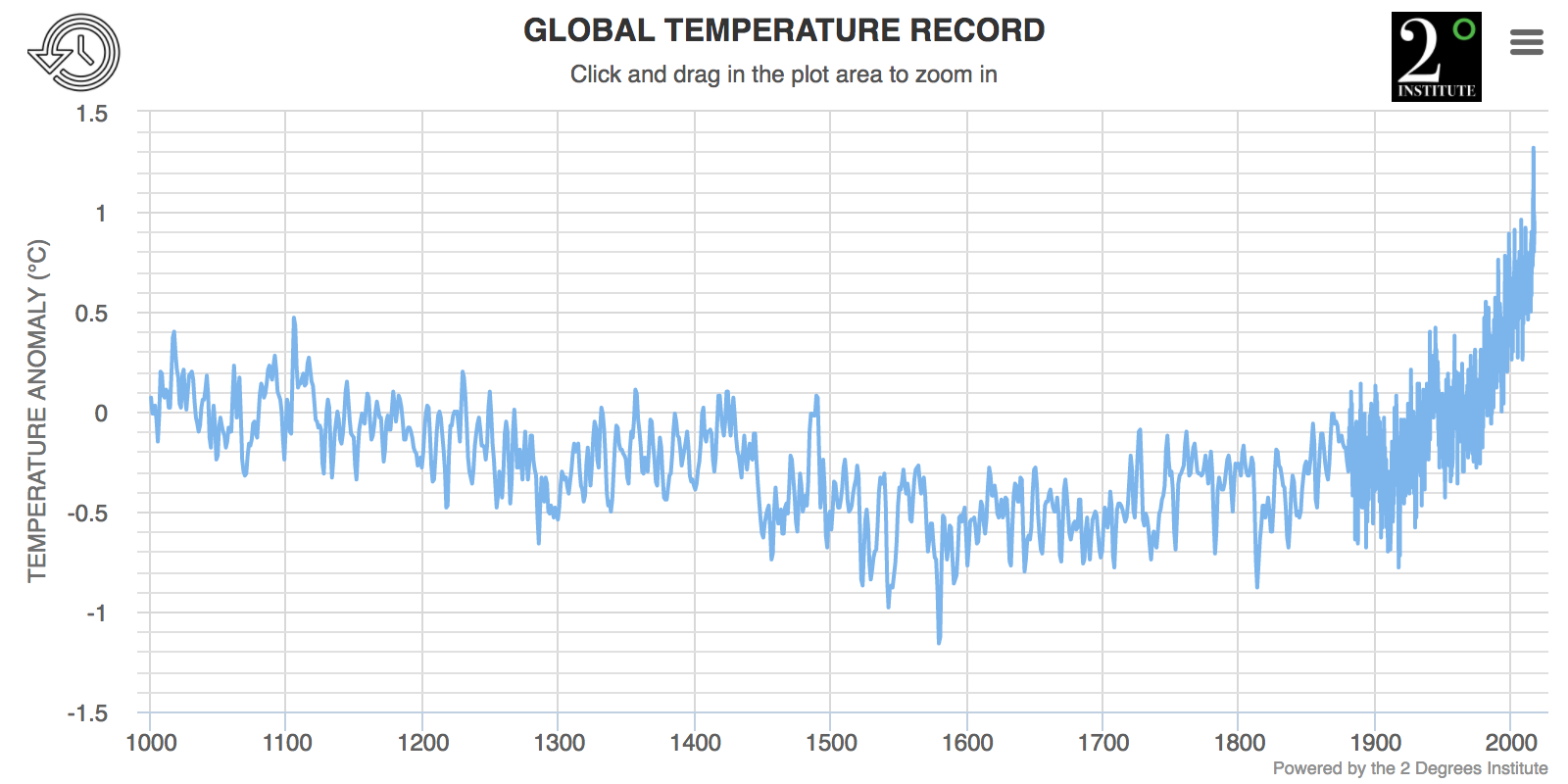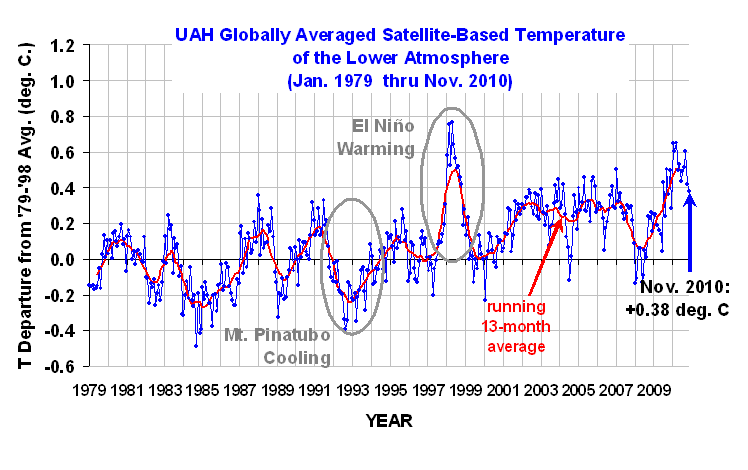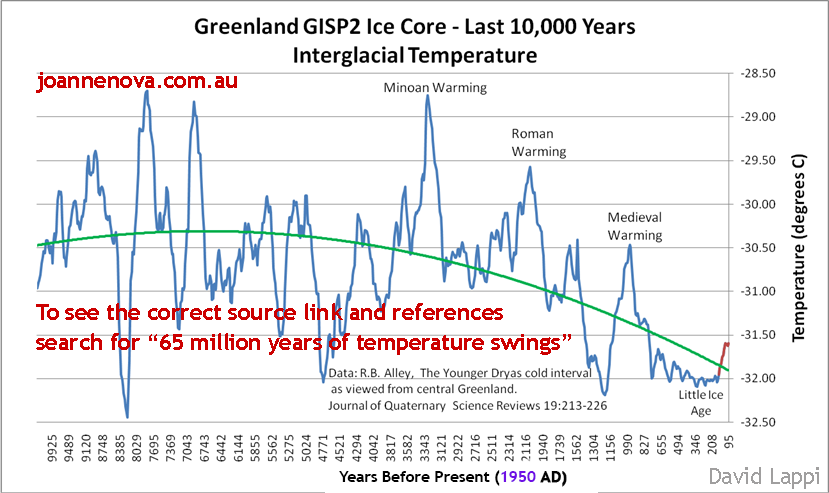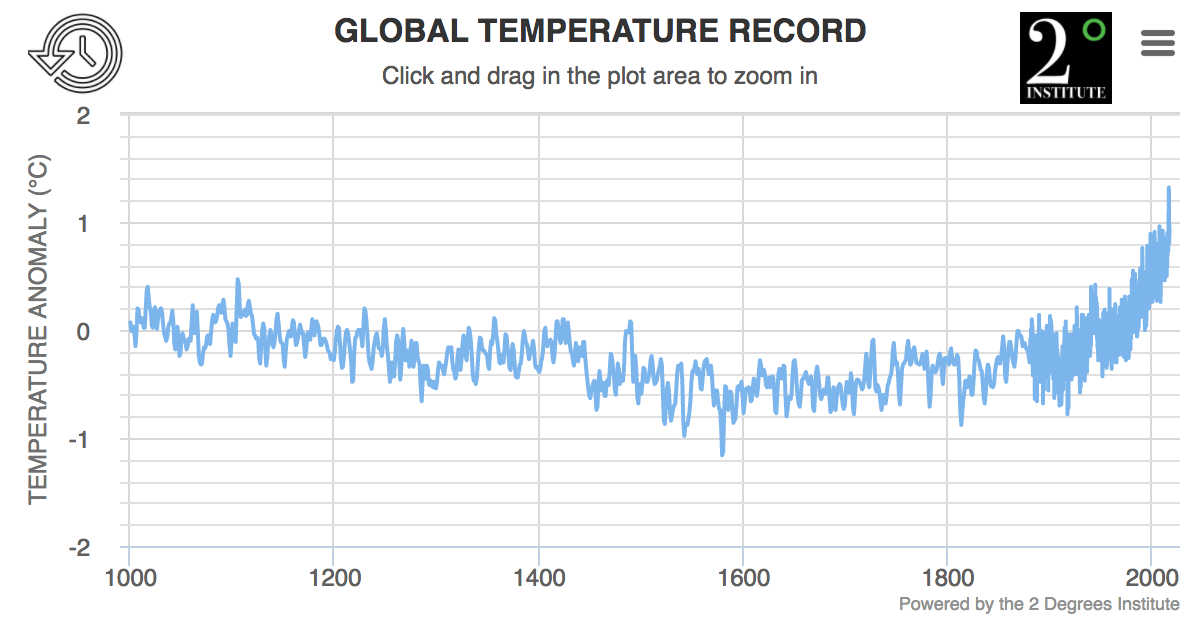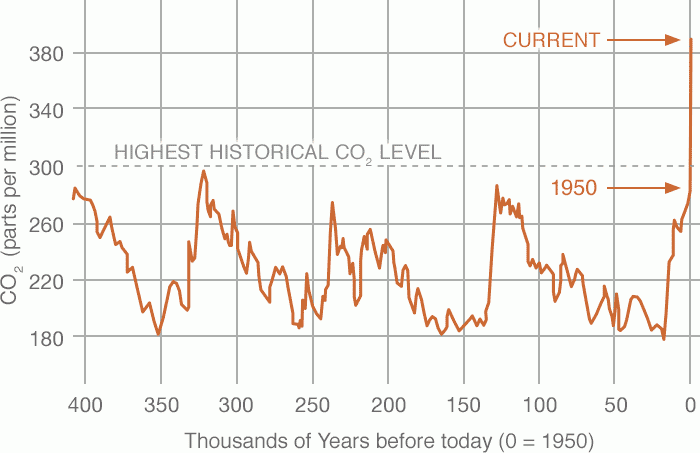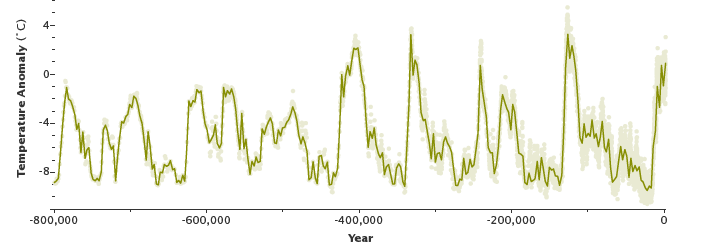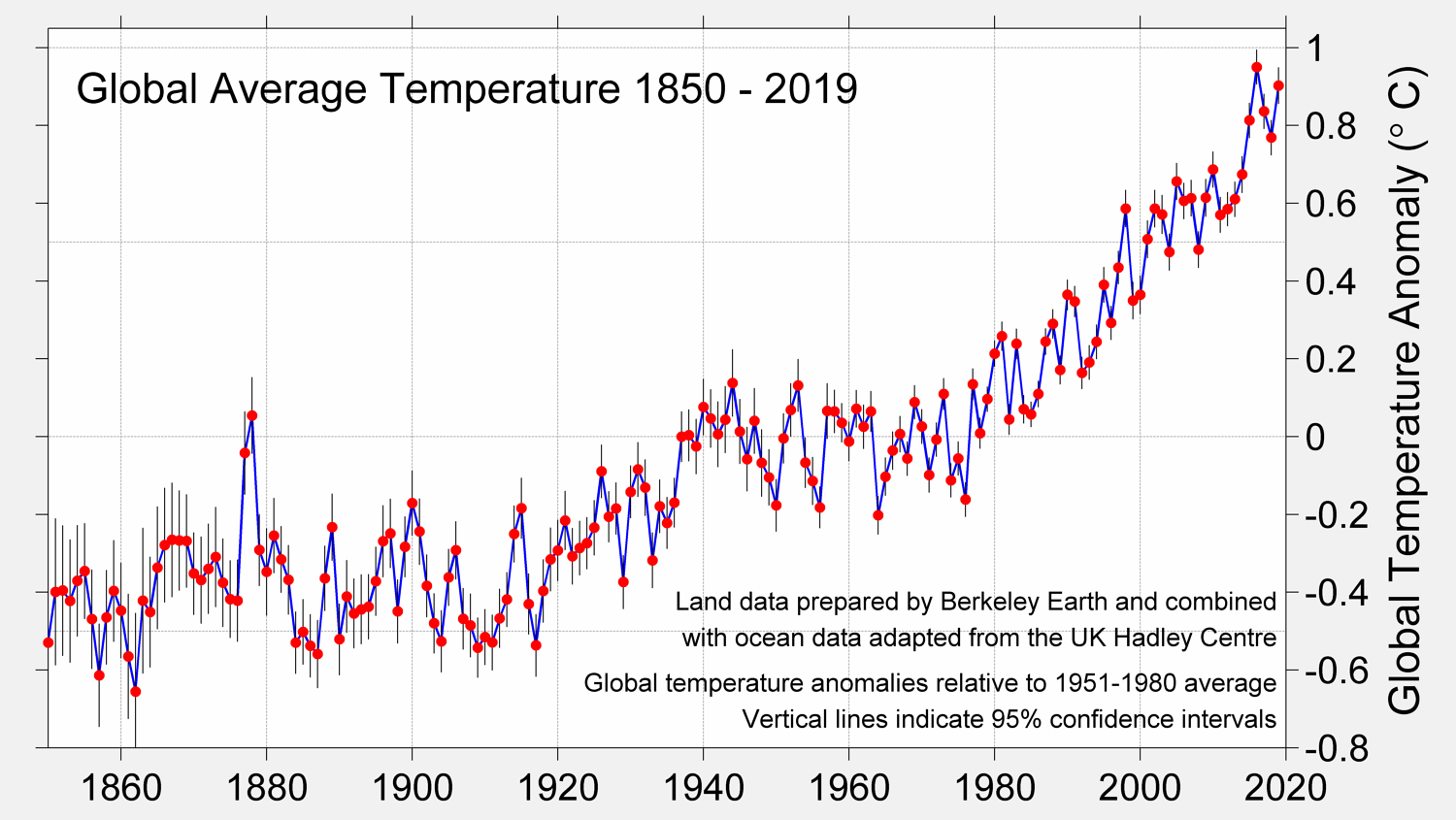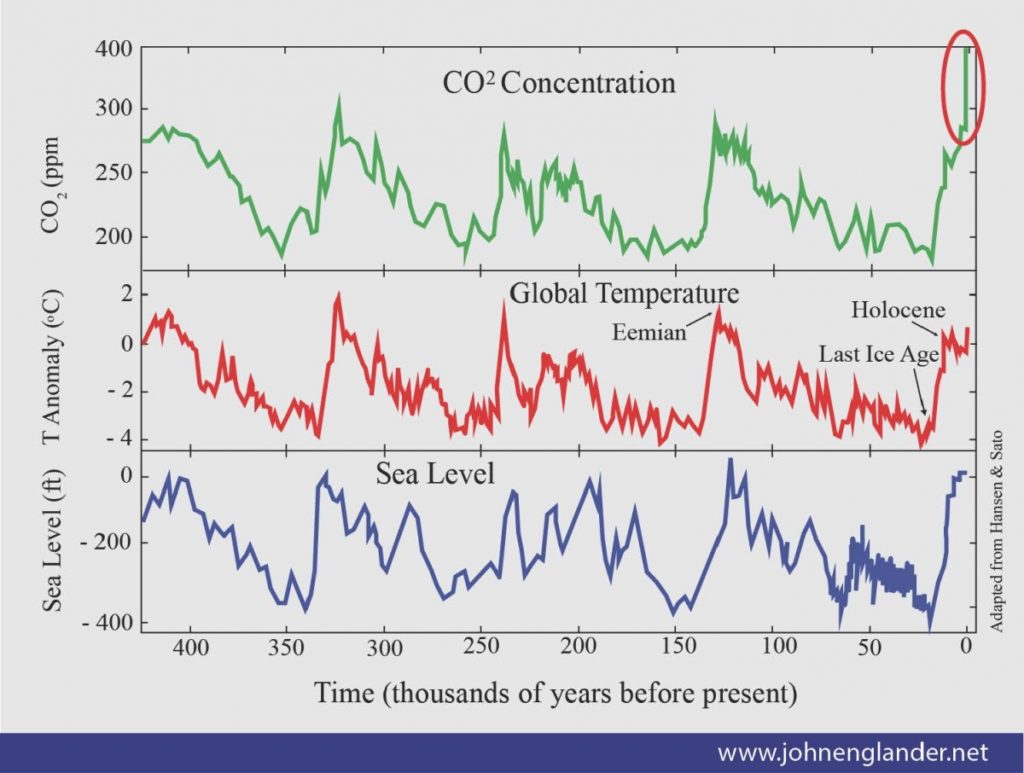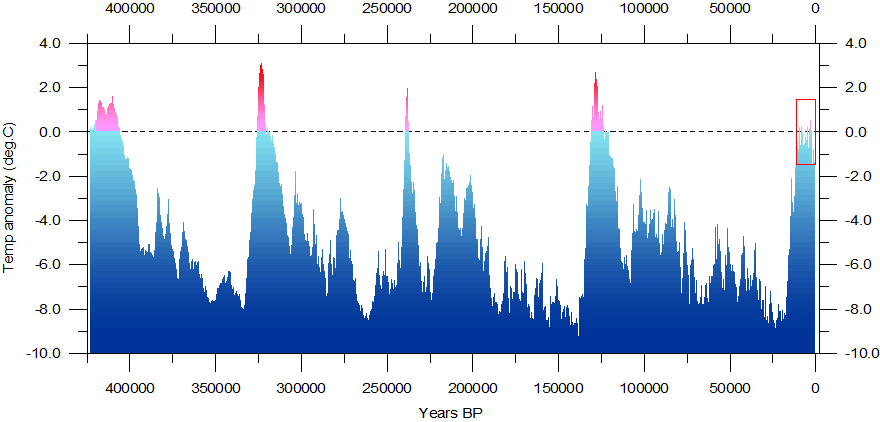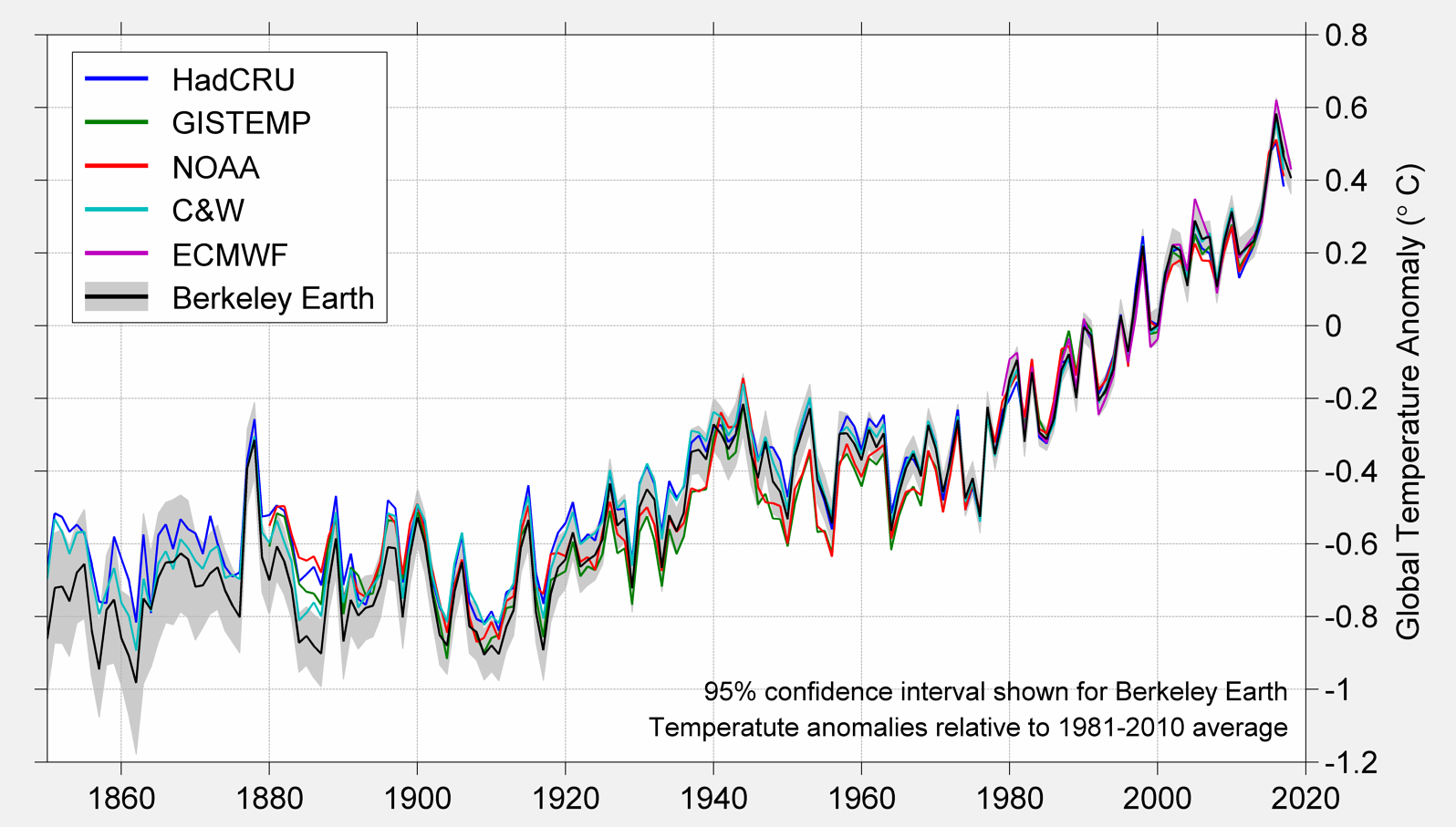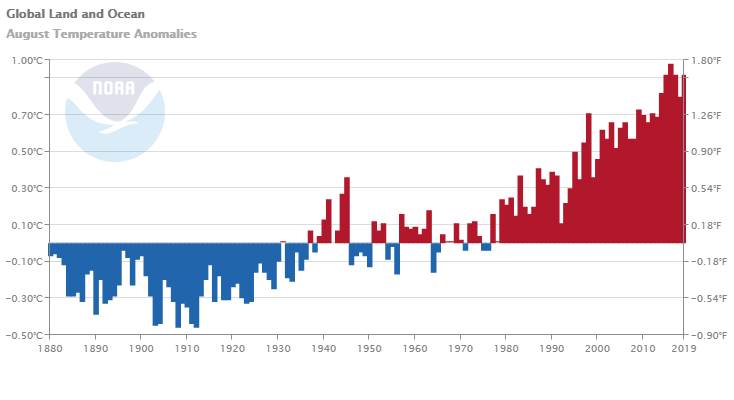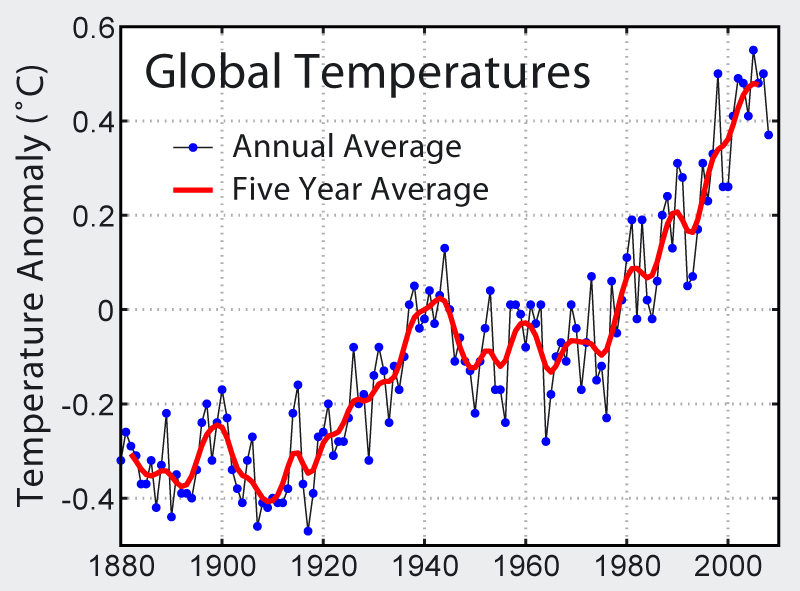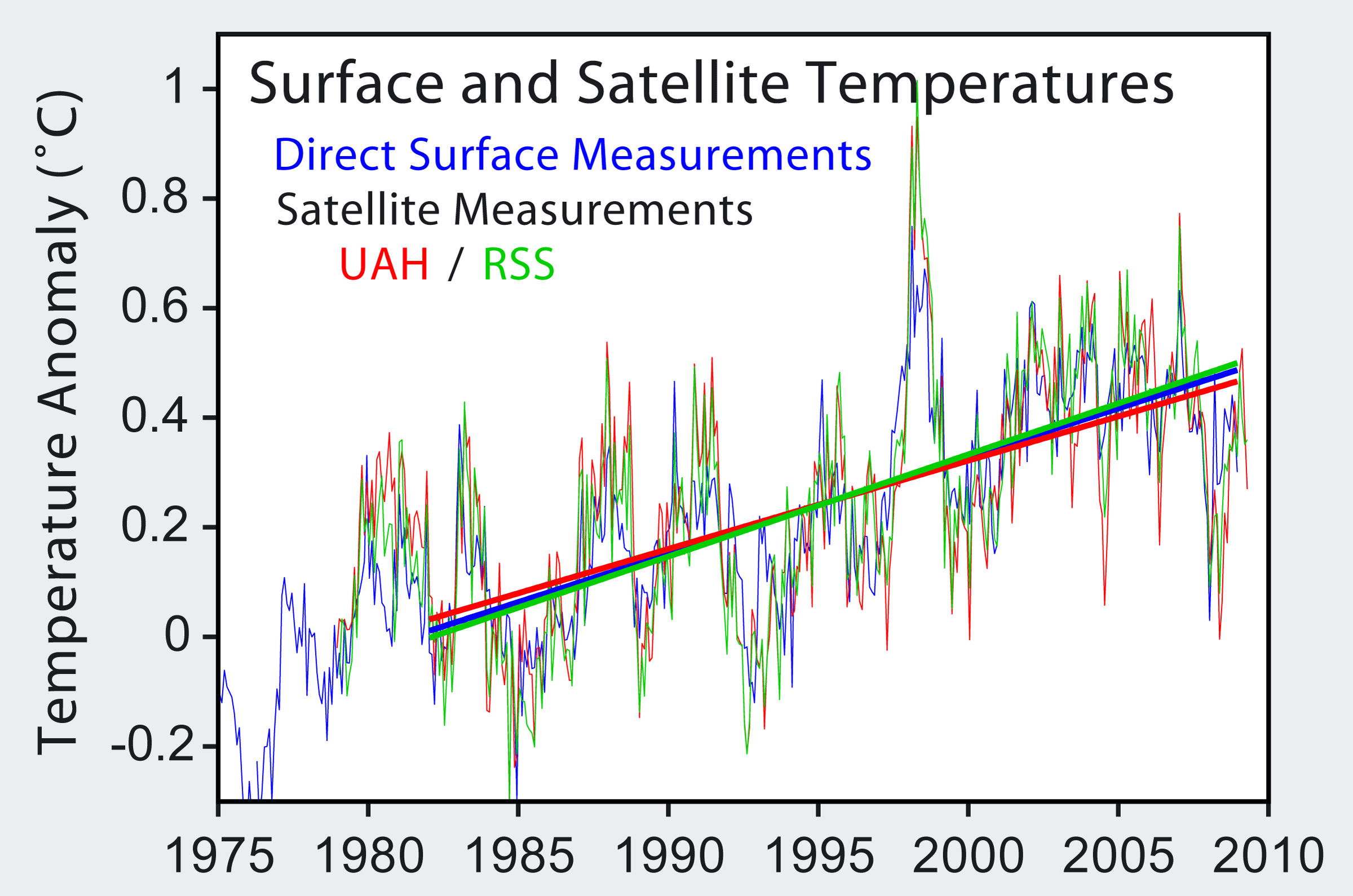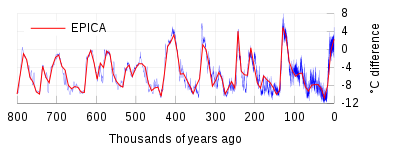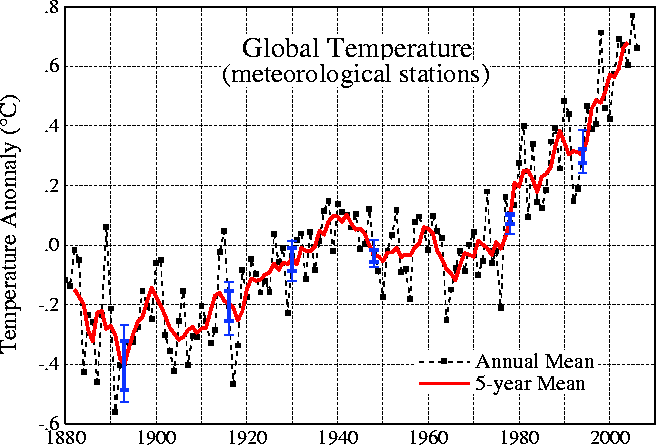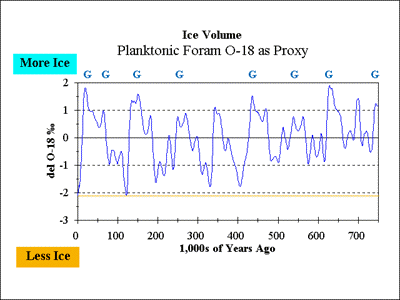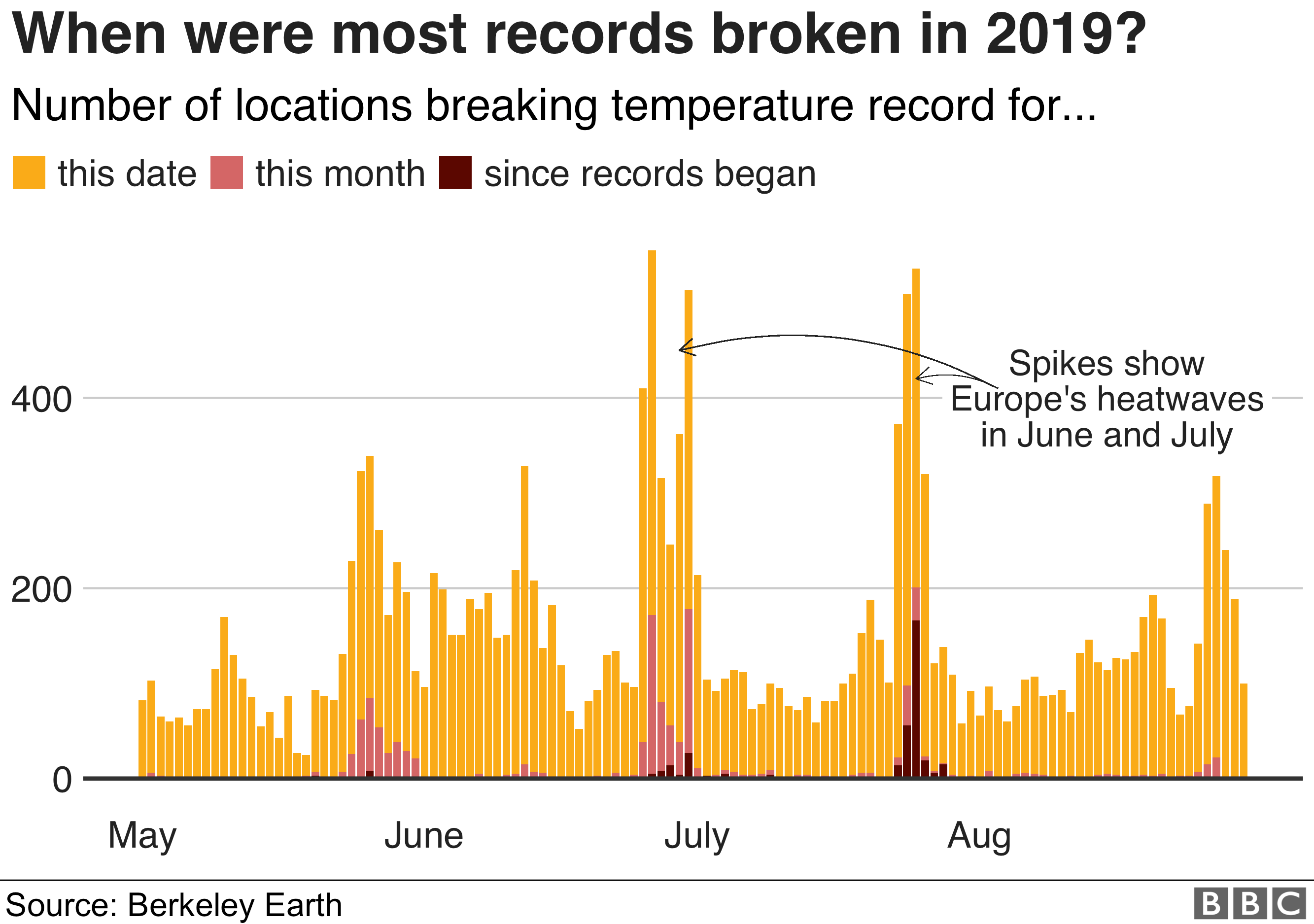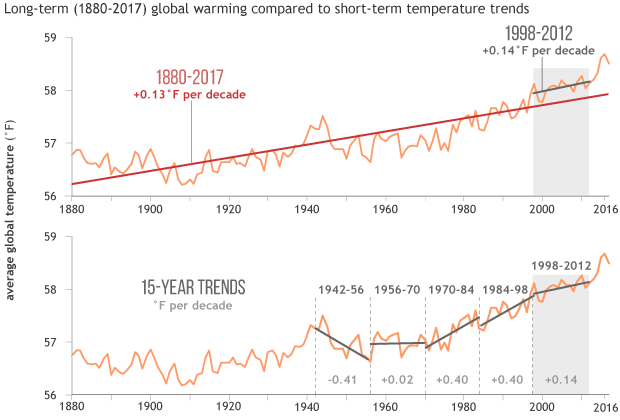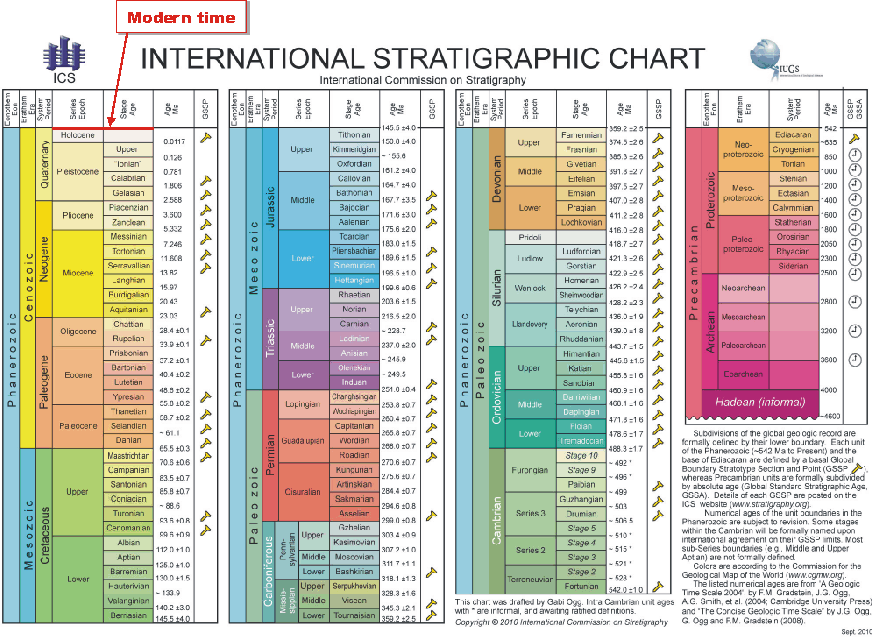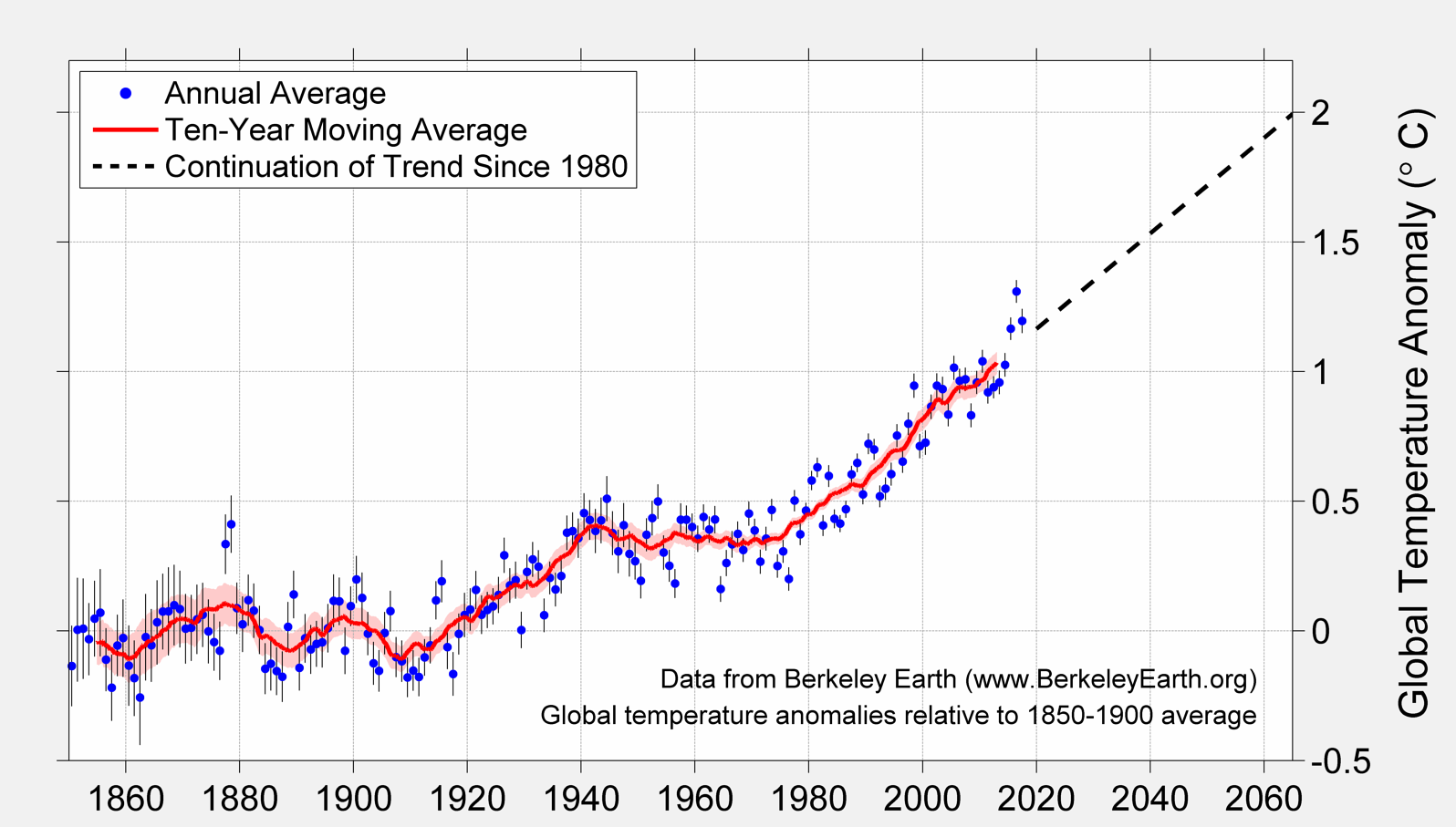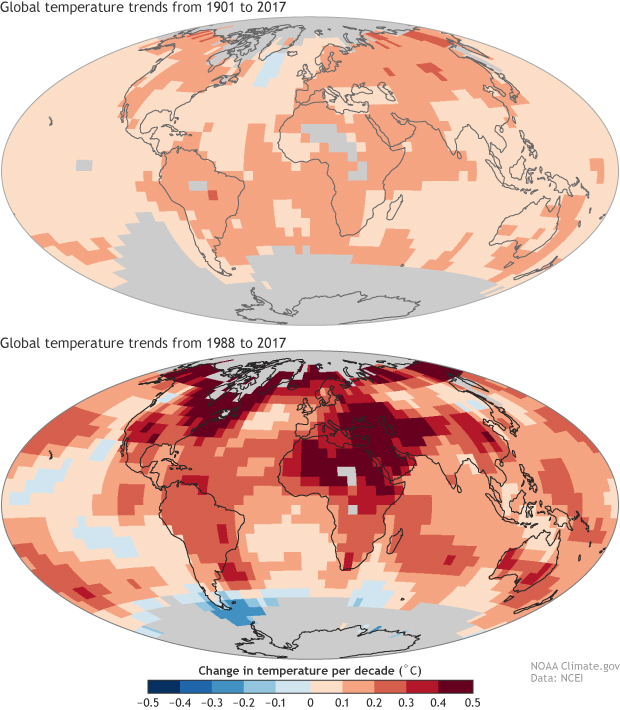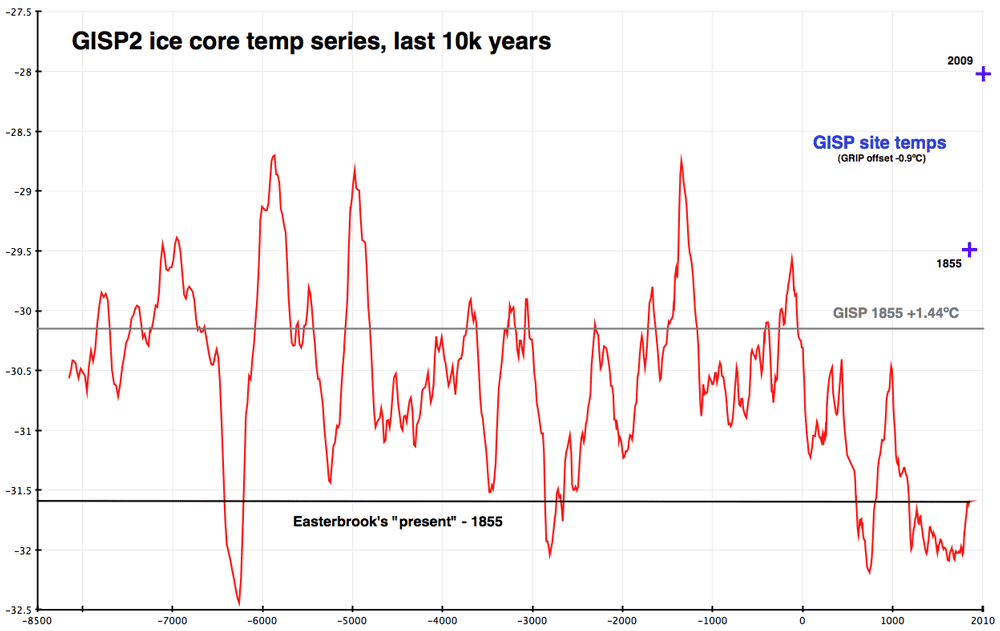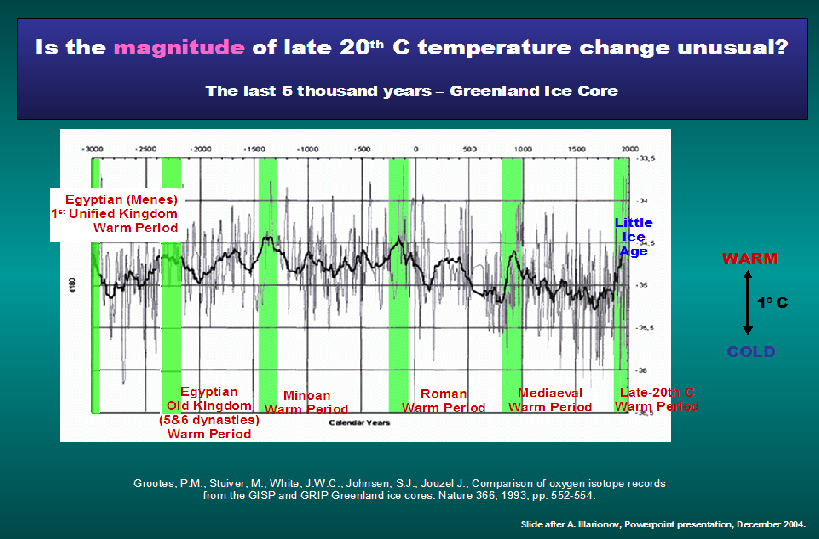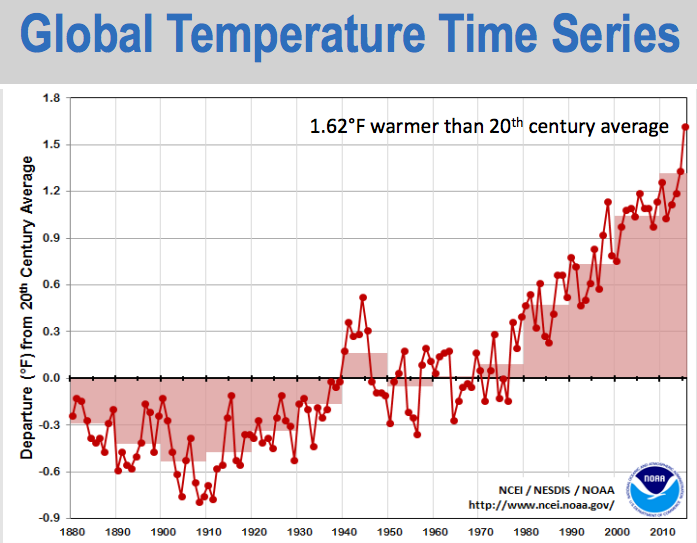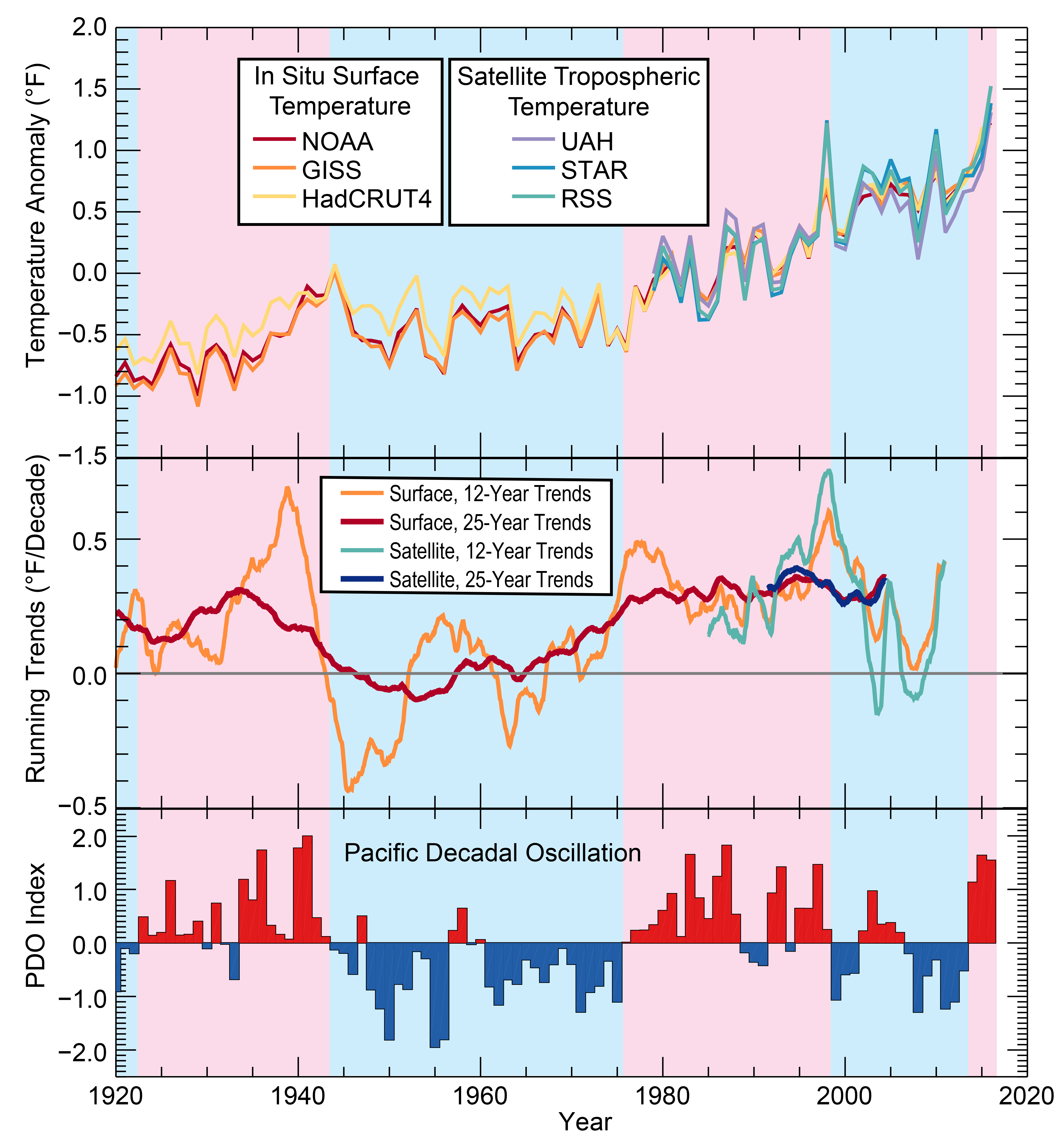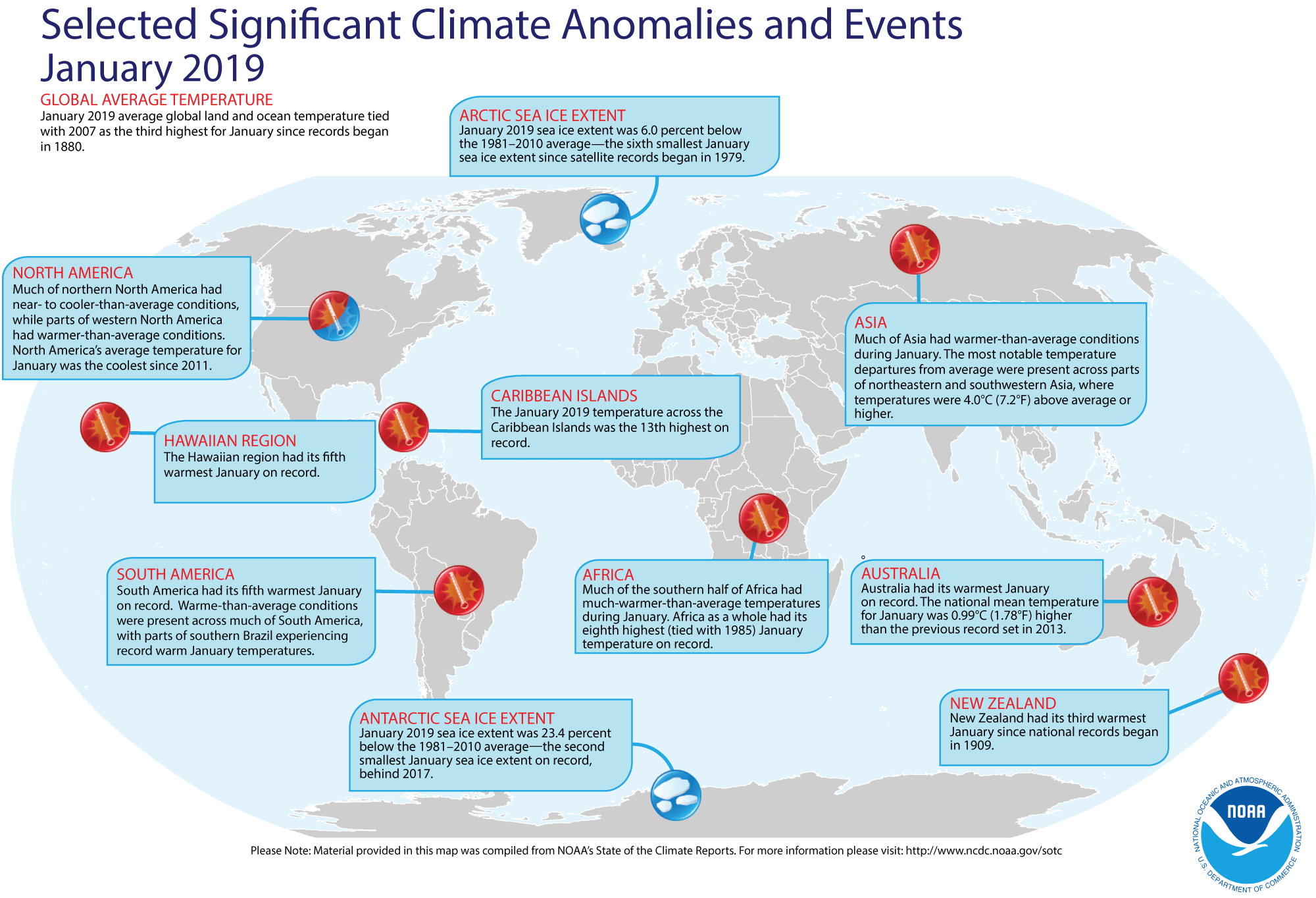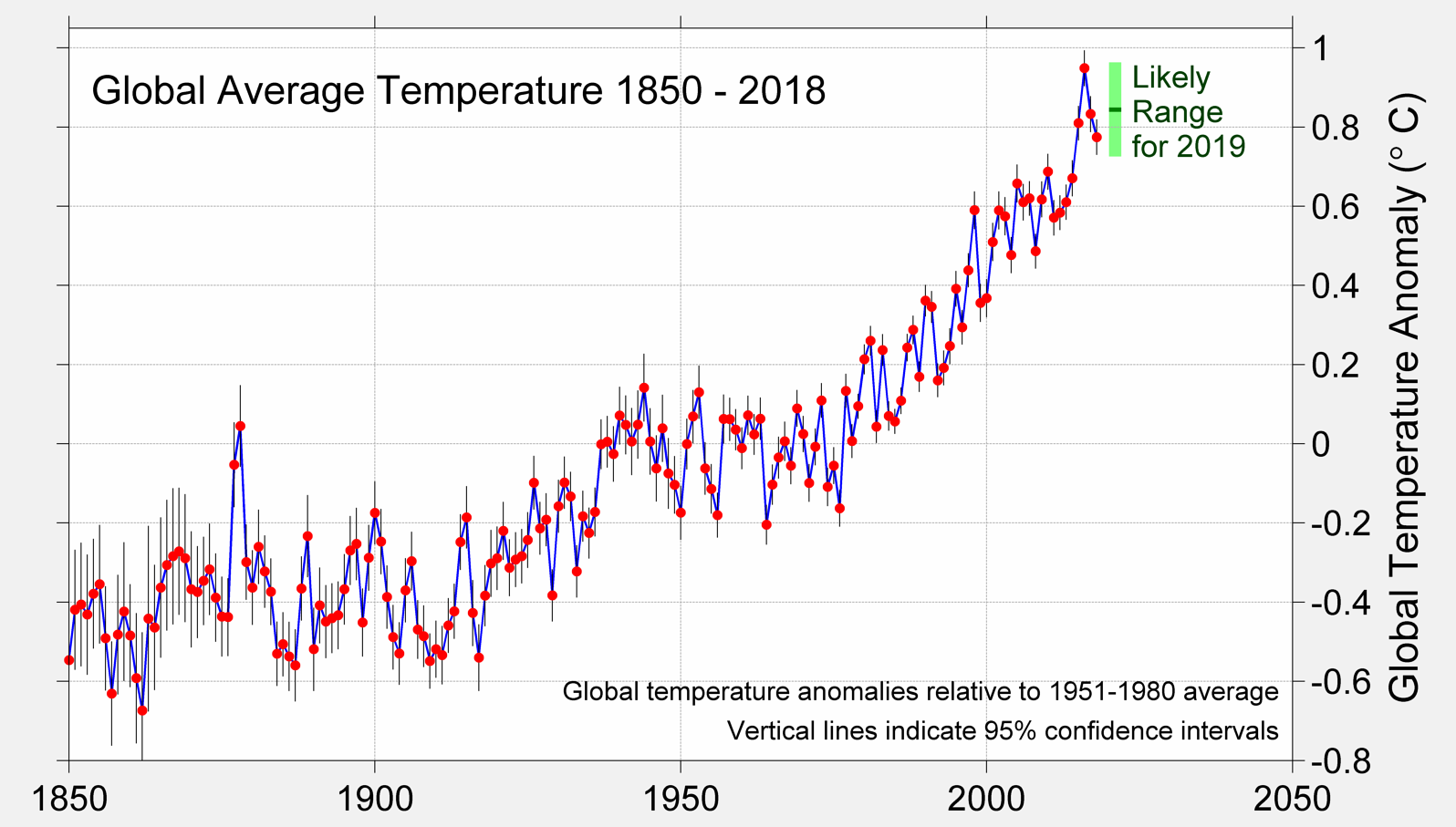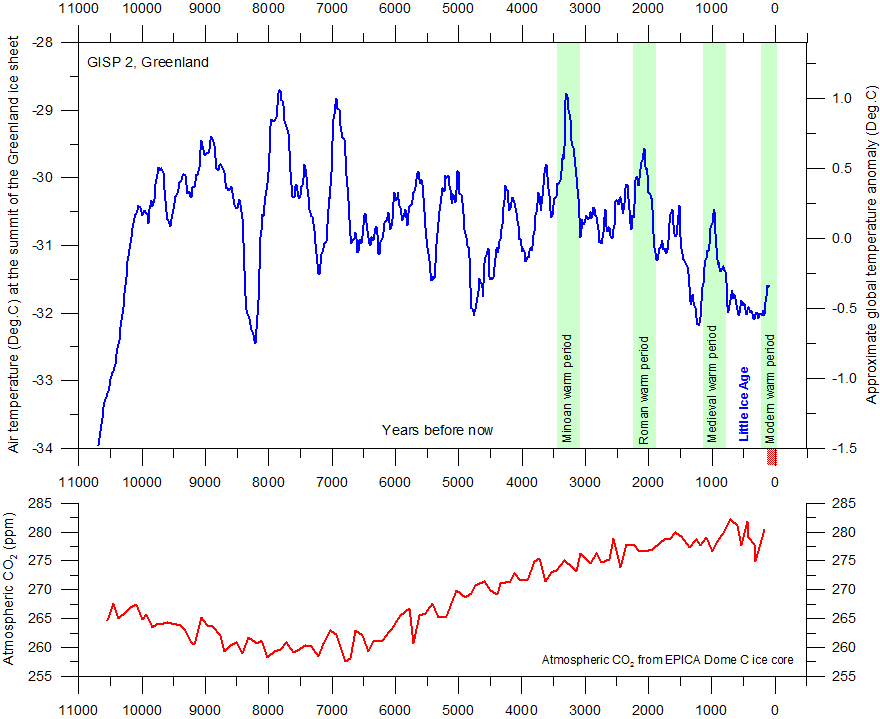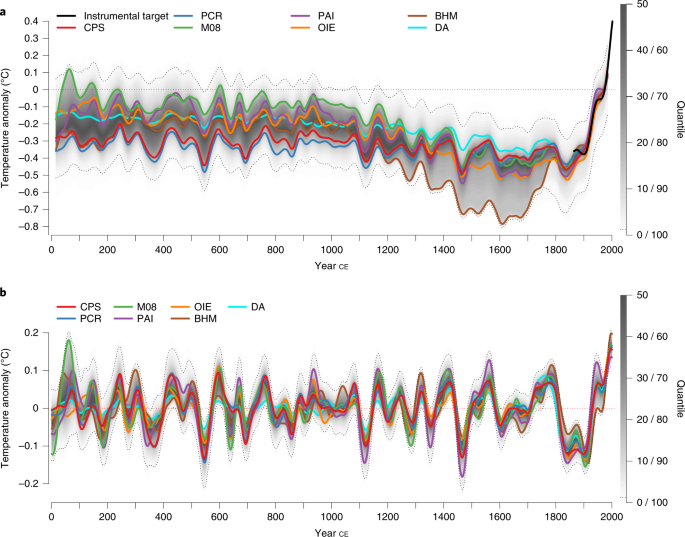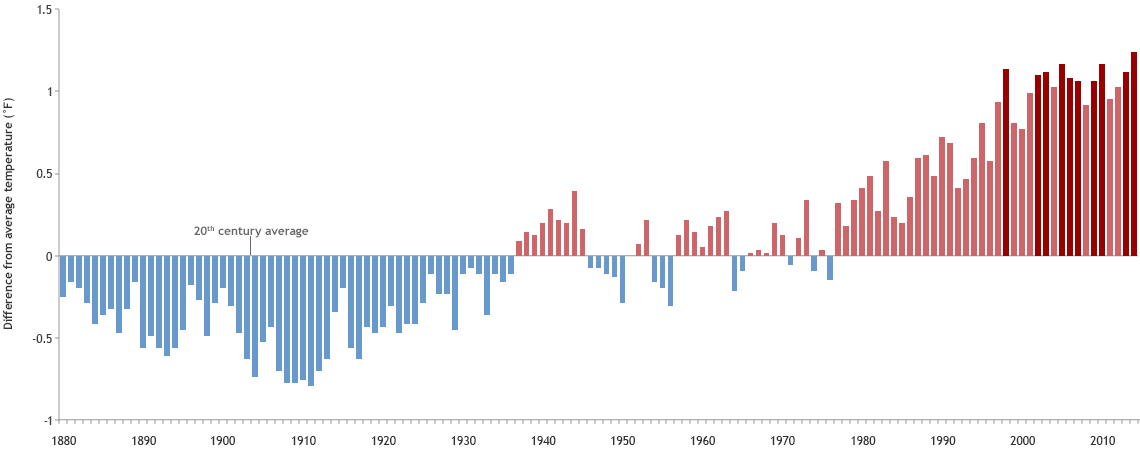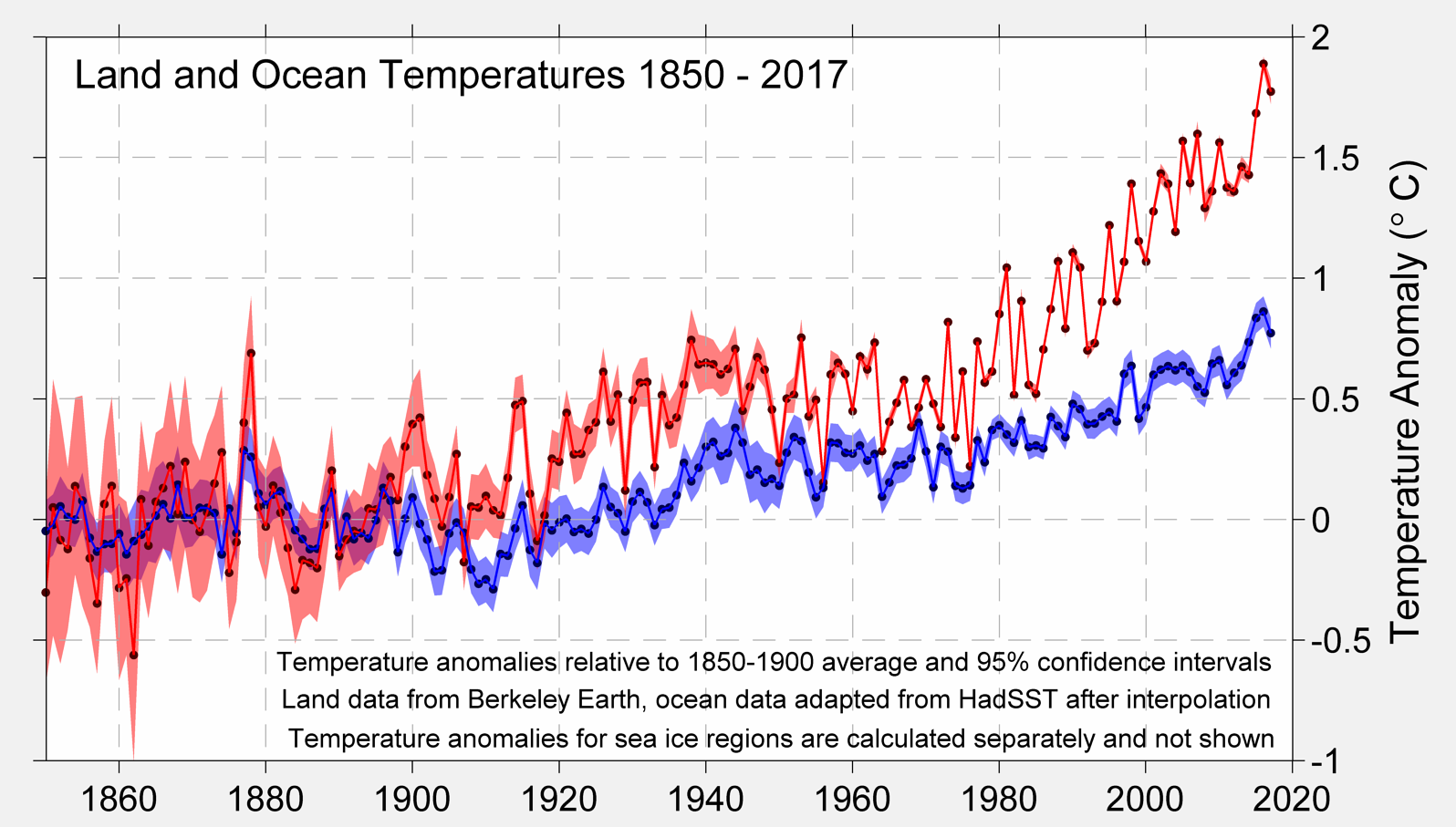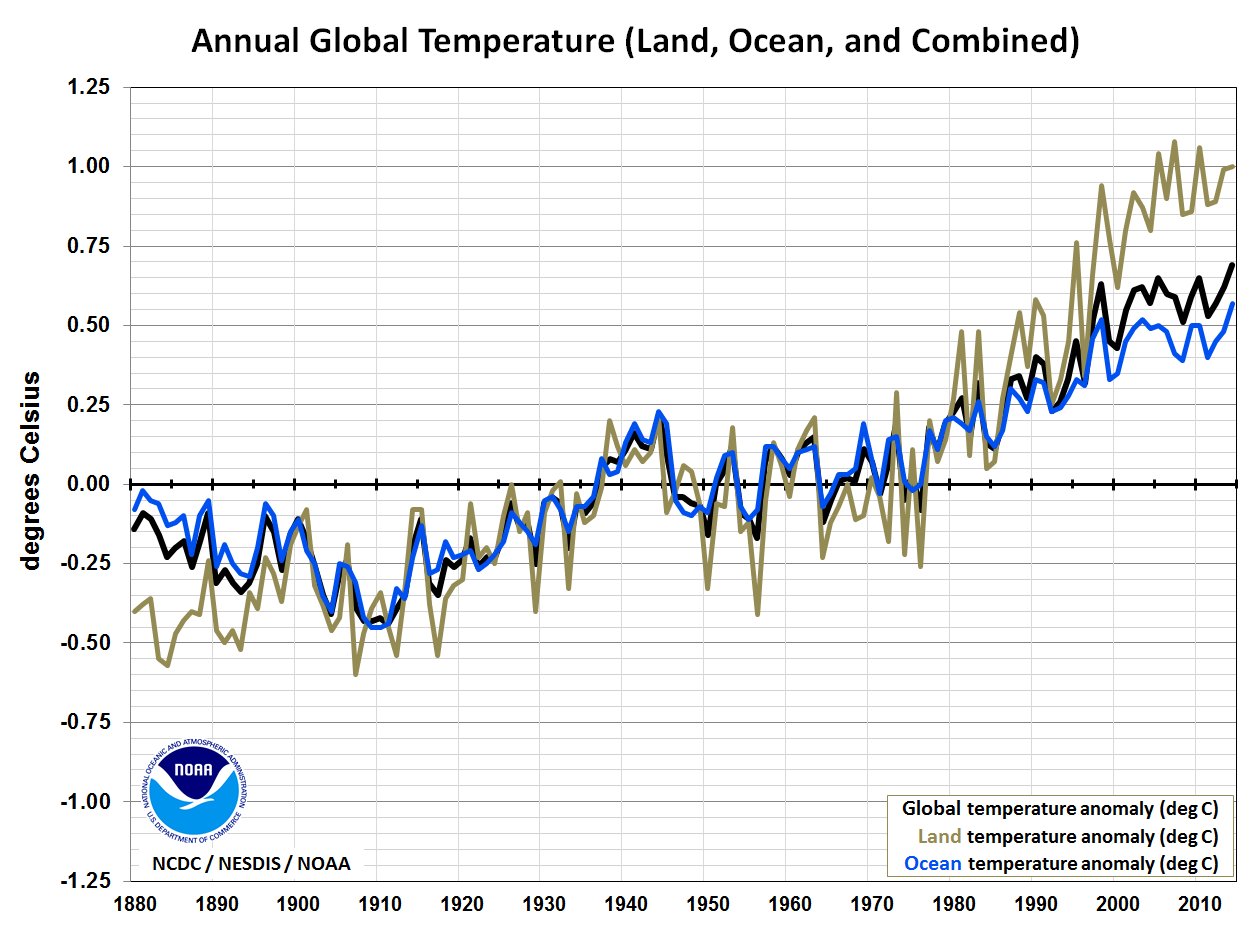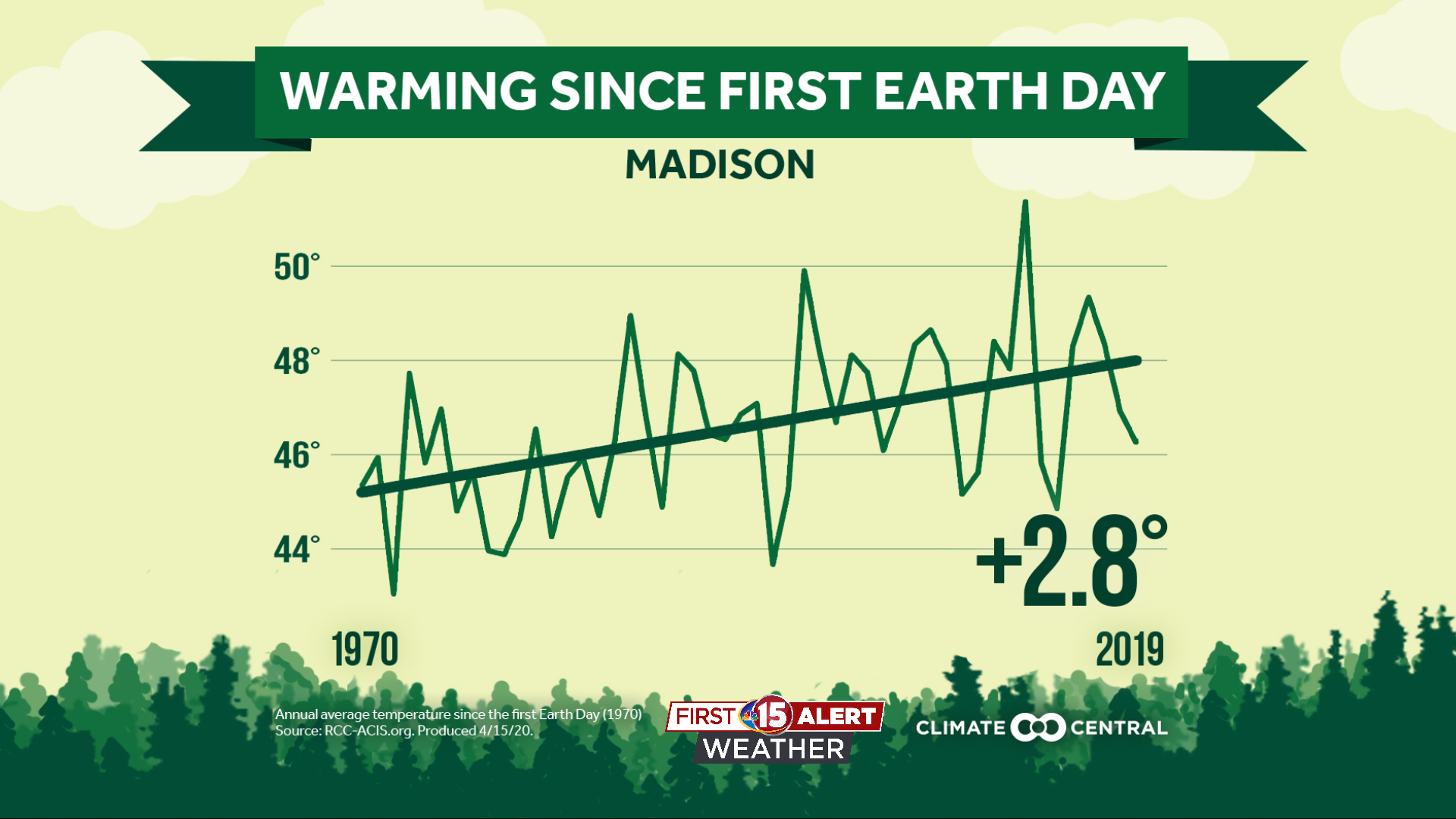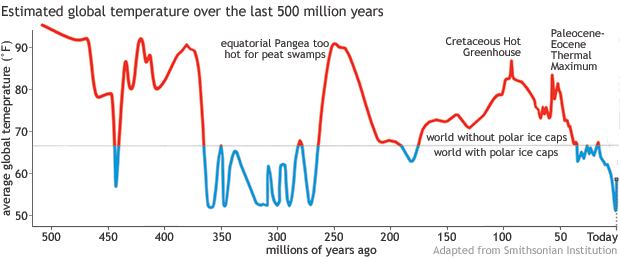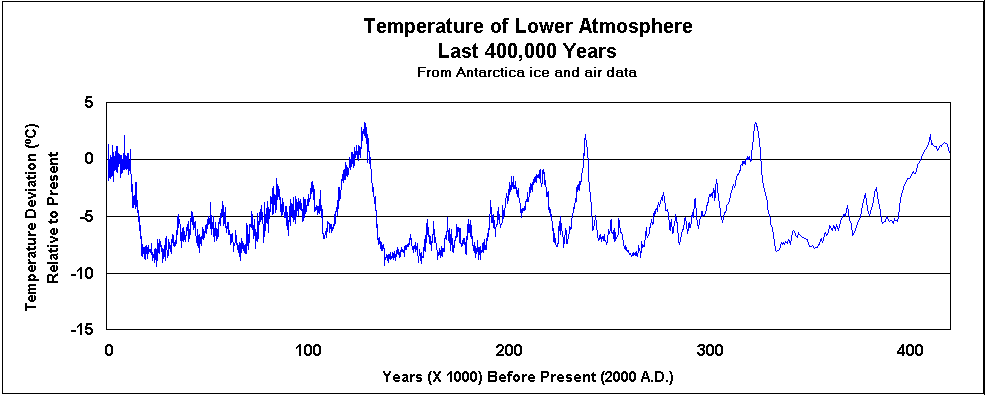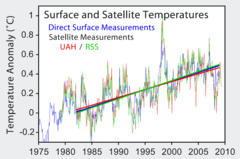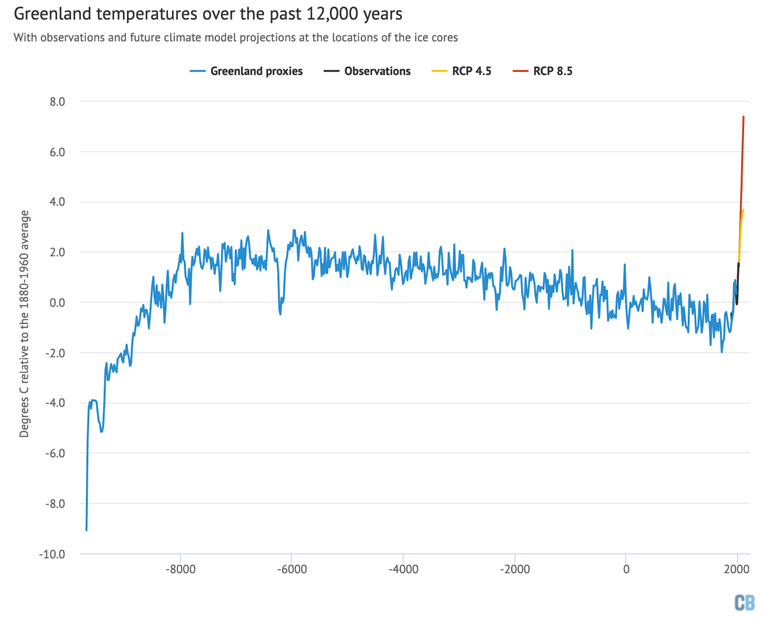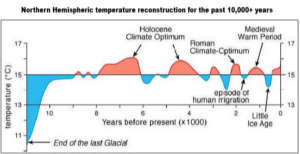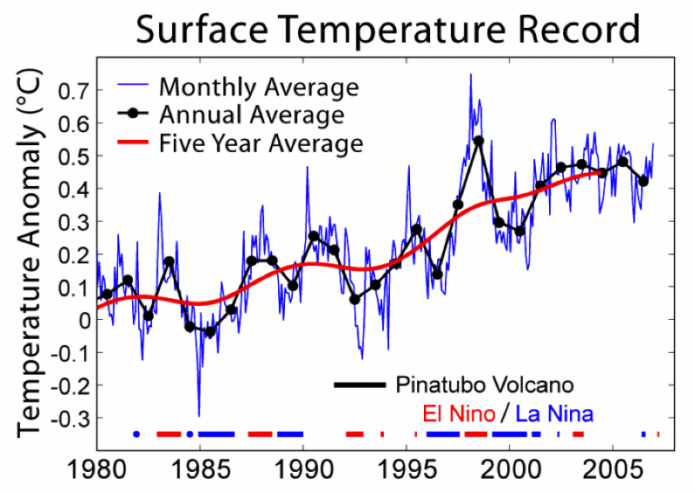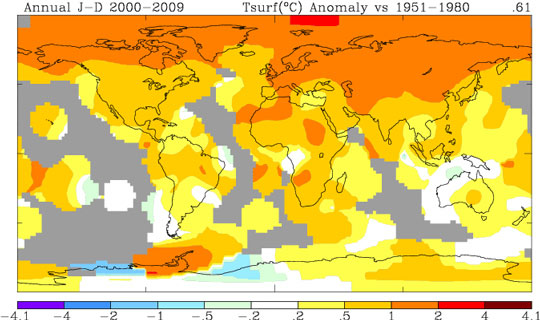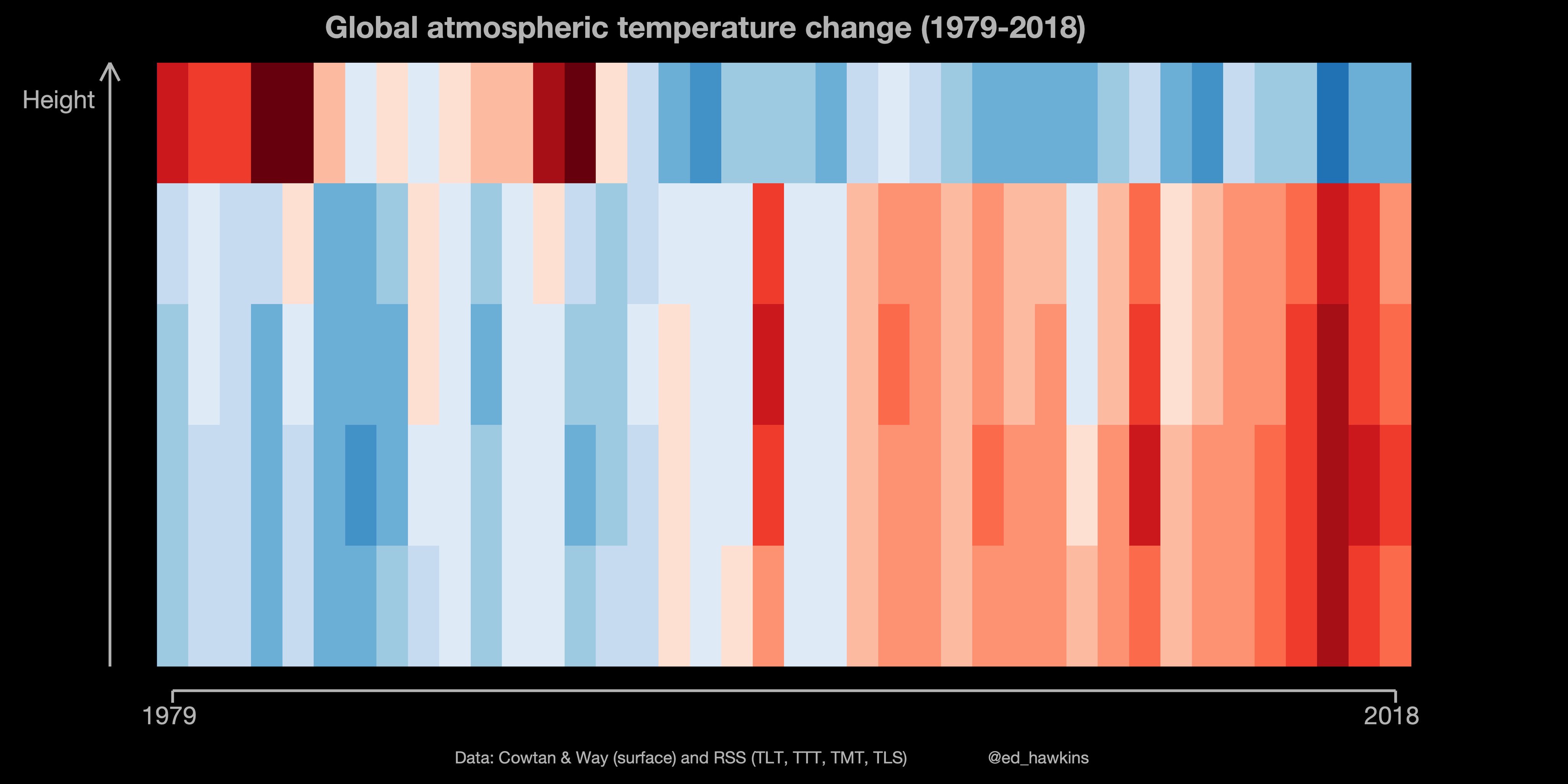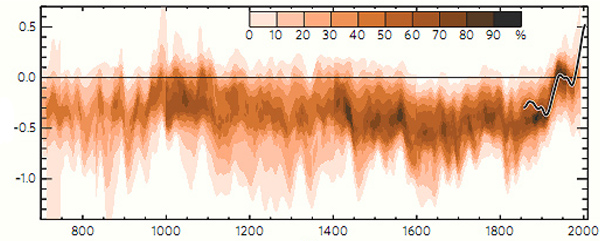Earth Temperature History Chart
The above chart shows the relative changes in global average temperature co2 carbon dioxide and sea level over the last 420 000 years.
Earth temperature history chart. The concept of an average temperature for the entire globe may seem odd. The history of average global temperature is based on data gathered around the world at weather stations on ships and by satellites. The year 2016 ranks as the warmest on record source.
After all at this very moment the highest and lowest temperatures on earth are likely more than 100 f 55 c apart. These records clearly show that the first decade of the 21st century was the warmest since the 1880s and the first decade that the earth s average annual temperature rose above 14 5 c 58 f. Over the last two decades there has been a major breakthrough in our understanding of global temperature change over the last 2 000 years.
Article and chart updated. Since that time land and ocean readings have. From august of 2007 through february of 2008 the earth s mean temperature dropped to near the 20 th century average of 57 degrees.
Temperatures vary from night to day and between seasonal extremes in the northern and southern hemispheres. This graph illustrates the change in global surface temperature relative to 1951 1980 average temperatures. Beginning in the 1970s paleoclimatologists began constructing a blueprint of how earth s temperature changed over the centuries before the widespread use of thermometers.
Nineteen of the 20 warmest years all have occurred since 2001 with the exception of 1998. Wine cellars or underground cellar underground soil temperature the layers of earth facts ground temperatures 1 foot depth to 11 ground temperatures as a function of location season and depthground temperatures as a function of location season and depthtemperature variation of underground soil with depth for typicalat what depth underground does the temperature of rock. At the bottom of this page there is a link to download a pdf of this graph which may be used on the condition that it is presented as is without modification.
As the present article is oriented toward recent temperatures there is a focus here on events since the retreat of the pleistocene glaciers the 10 000 years of the holocene epoch covers most of this period since the end of the northern hemisphere s.

